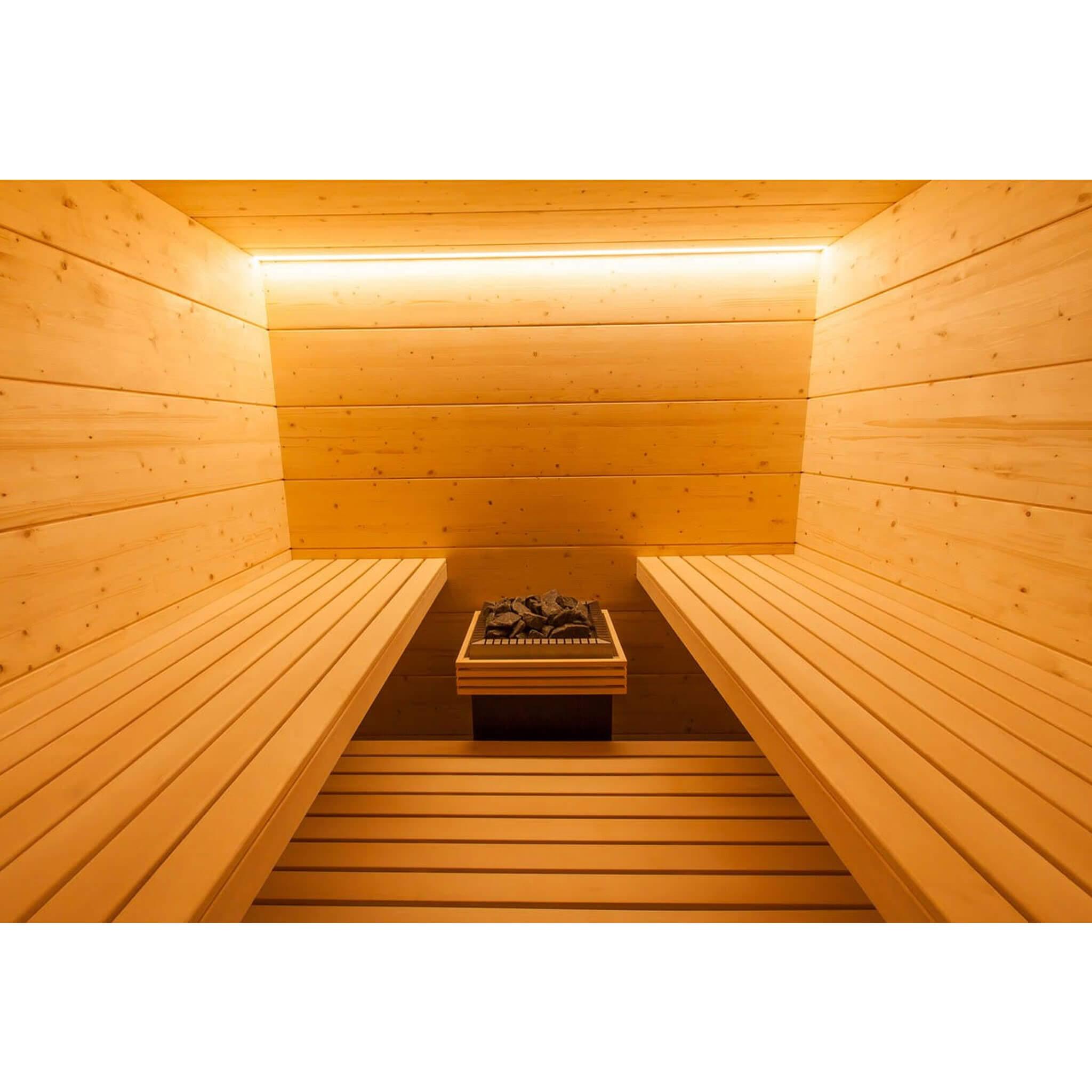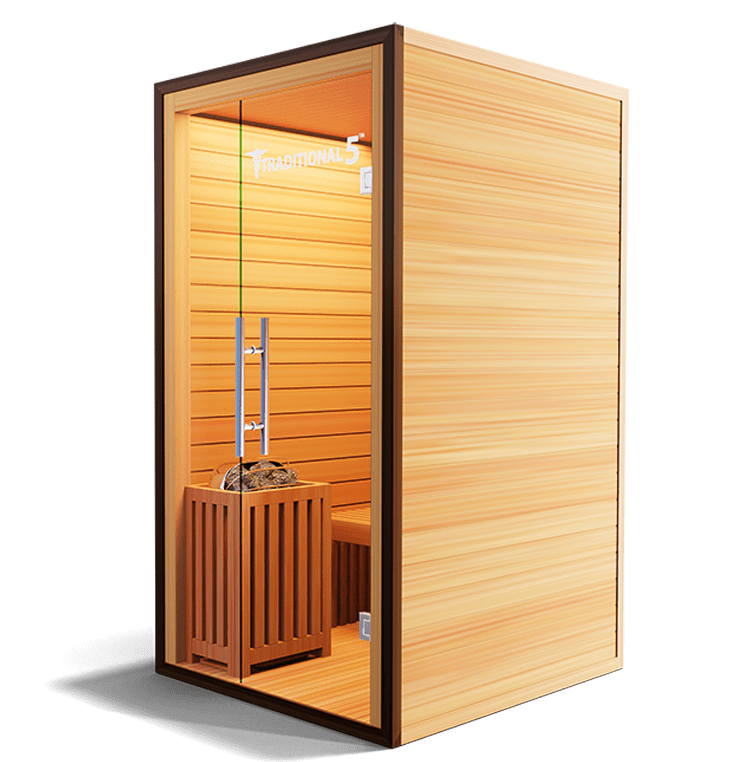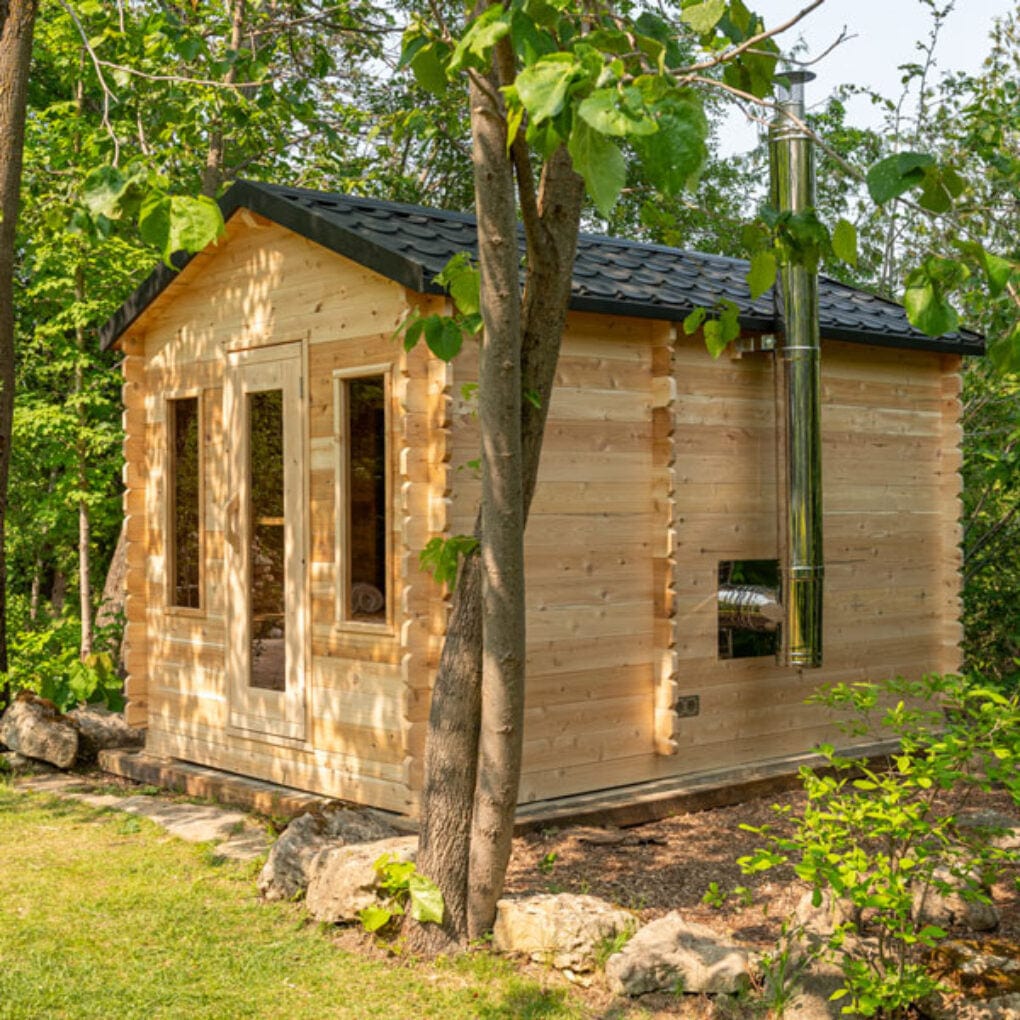How Traditional Sauna can Save You Time, Stress, and Money.
Wiki Article
The smart Trick of Traditional Sauna That Nobody is Discussing
Table of ContentsThe smart Trick of Traditional Sauna That Nobody is DiscussingThe Facts About Traditional Sauna RevealedThe 20-Second Trick For Traditional SaunaThe 45-Second Trick For Traditional Sauna
Many of the weight lost in a sauna is water loss and is re-gained upon rehydrating. Nonetheless, undeniably sauna can be a fundamental part of a healthy and balanced weight reduction program. To look at the distinctions in between traditional and IR saunas, I will certainly separate these into verifiable, theoretical, and made distinctions.Therefore, the most popular factor in the saunawhich goes to the ceiling straight over the sauna heateris normally between 185 and 190 F. Traditional Sauna. Claims that a standard sauna surpasses 200 F is merely not real and not suitable for electric saunas offered in the United States. The temperature for a far-infrared sauna is typically established in between 120 and 140 F; nonetheless, unlike the standard sauna, the goal in and IR room is not to achieve a high temperature
Because of this, the temperature level distinction is practically irrelevant, since profuse sweating results in both sauna kinds, but the method of warming the body is different. In an IR sauna the bather will feel hot and will certainly sweat profusely, but at much reduced temperatures. Hence, if the goal is to spend longer amount of times in the sauna, the IR sauna is an excellent option.

Traditional Sauna Can Be Fun For Anyone
When the heat is achieved, the aspects cycle on and off to keep the high temperature. Most conventional sauna users appreciate pouring water over the rocks to produce heavy steam to increase sauna moisture levels. The advantages of pouring water over the rocks include: making the space extra comfy, dampening the nasal passages, and permitting the usage of aromatherapy by blending crucial oils with the water.In a far-infrared sauna, the warm waves permeate the body to successfully heat the body and elevate the body core temperature. To accomplish this enhanced temperature level, Far-infrared emitters create infrared power which is close to the very same wavelength as that which the body naturally emitsoften described as the "Important Variety" of 7 to 14 microns), so the energy is well obtained by the body.
When the energy goes into the body, it triggers the body temperature to raise and eventually results in perspiration. In an infrared sauna it's essential for the emitters/heaters to continue to be on almost continuously. Given that there is no mass of rocks to keep warmth, the sauna will certainly cool if the emitters turned off.
As discussed above, the sauna click this site bather in an infrared area wishes to place himself in front of operating emitters to obtain maximum gain from the warmth. The heating time for the 2 spaces can be really various, depending on exactly how the spaces are made use of. For a typical sauna, a bather needs to allow 30-40 minutes for the area to accomplish a desired temperature and to appropriately pre-heat the rocks.
The Definitive Guide for Traditional Sauna
A well constructed sauna will commonly attain a temperature of 150-160 F in about 30-40 mins. For hotter temperature levels, the space may need to warmth for a longer duration.To some, 15 mins was "squandered" while the infrared power warmed the timber panels rather than warming a body, while others discover a pre-heated area to be more comfortable and believe a raised beginning temperature is required to start sweating. The length of suggested use for each room is approximately the same (10-15 mins per session); however, due to the lower air temperatures and the capability to feel the results of infrared warm quicker than a traditional sauna, it is not unusual for a person to invest a total of 20-30 mins in an infrared sauna.
Typical saunas tend to be bigger (for this reason make use of even more power) than infrared saunas, although typical saunas are certainly available in one and 2 person sizes too. For a two-person traditional sauna, 5x6 or 5x7 dimension is most popular. The top bench can comfortably seat 2 or 3 individuals and is also enough time to rest throughout the sauna session.


The average cost per kWH of power in the U.S. is approximately $0.11, so a 4.5 kW heater will set you back roughly $.50 to compete one hour, if the heating system runs constantly for one hour. Commonly a sauna heater will run for 75% of the initial hour and 50% of succeeding hours on since the components cycle once the established temperature level is accomplished.
Traditional Sauna Fundamentals Explained
A two person far-infrared space is typically physically smaller sized than a standard sauna, frequently about 4' x 4' or smaller. The IR furnace is generally 1.5-1.7 kW using a 120 volt 15 amp plug-in service. Since the room can be utilized sooner than a sauna area, we will certainly assume the space is used for to of an hour including warm up time.Ultimately, there is a hardly ever reviewed difference in the look at this website social experience between the 2 areas. While our society has actually lost some of the social advantage of the standard sauna experience, it can be very socially rewarding. From household time in the sauna, to heart-felt discussions with considerable others, to sauna partiesthe conventional sauna experience can bring about intimate socializing.
A lot of higher end infrared rooms include tinted light therapy, audio systems and full-glass fronts. The dimension of many areas permit 2 find more information people to comfortably use the space, while some designs may enable a third or fourth person to utilize the room. Customized infrared rooms are likewise offered, with area sizes available up to 7' x 8' x 7' high.
Report this wiki page